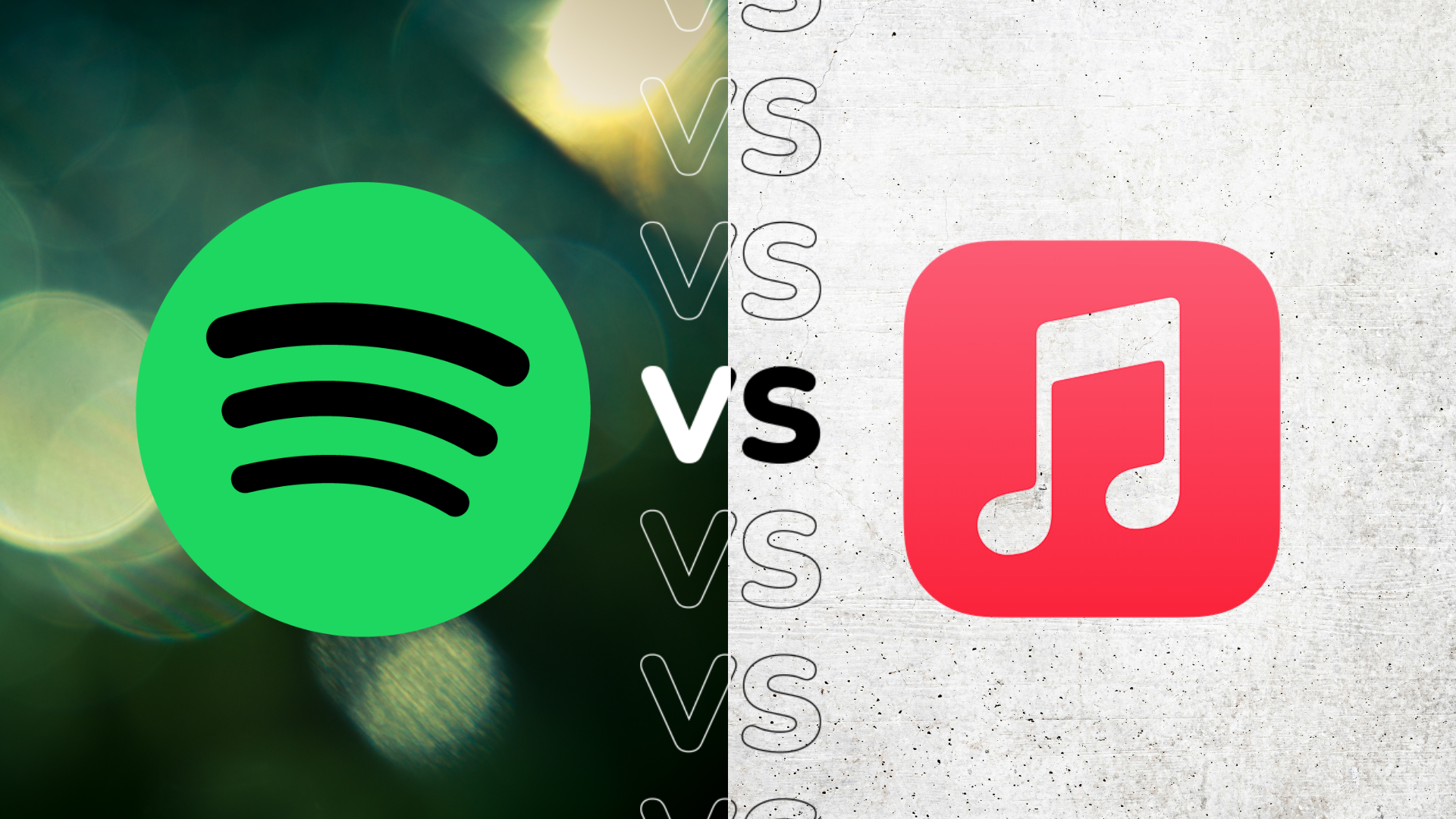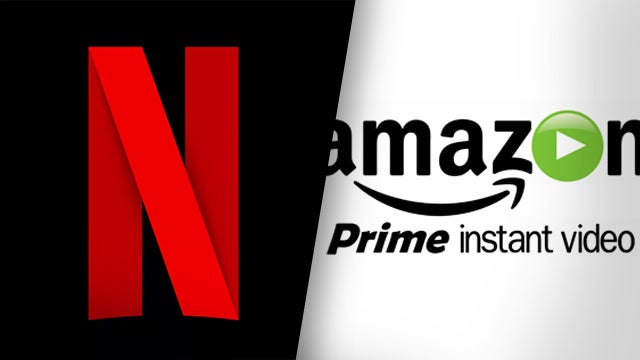Winners and losers: WhatsApp tests a new image-sharing feature as Amazon Music gets more expensive

It’s been a relatively quiet week in tech as everyone waits upon Samsung’s next Galaxy Unpacked event with bated breath.
The February 1st live stream is expected to signal the launch of the flagship Galaxy S23. This has caused the web to become overrun with rumours of what the new phone could look like and what specs it might pack ahead of the announcement.
However, that doesn’t mean this week has been utterly devoid of news. As always, we’ve rounded up some of the best and worst headlines we’ve come across in tech this week.

Winner: WhatsApp
Our winner this week is WhatsApp after the company was revealed to be testing a nifty new photo-sharing option on its Android app.
The new setting is an upgrade to WhatsApp’s image messaging feature that’ll let you transfer photos in their full, original quality over the app. This means no more compressing images when sharing them with your friends and family.
WABetaInfo spotted the ‘Original’ photo quality option in the latest beta version of the WhatsApp Android app.
Until now, users have been forced to stick with Best, Auto and Data Saver options when transferring images – none of which allowed the file to be sent untouched.
This update will be a game changer for users who want to use the app to transfer anything from professional product images to holiday snaps or photos of their cat, offering a more convenient, all-in-one alternative to a cloud storage service like Google Drive or Dropbox.
Of course, WhatsApp isn’t the first messaging service to allow its users to transfer full-quality images. The option to send original-size media has been available on Viber for a while and Telegram gives users the option to send images without compression, too.
However, this doesn’t change the fact that WhatsApp is easily one of the most popular messaging apps in the UK. This new feature could make it much more convenient for many to send high-quality snaps in their messaging platform of choice – that is, if it makes it beyond the beta stage.

Loser: Amazon
At this point, Winners and Losers is no stranger to unfortunate price hikes and it seems yet another has reared its ugly head as January comes to a close.
This time, it’s Amazon’s turn as the retail giant increased the prices of its Music Unlimited plans in both the US and the UK.
Starting next month, the price of Amazon Music Unlimited will increase from $9.99/£8.99 to $10.99/£9.99 a month for individuals and from $4.99/£3.99 to $5.99/£4.99 a month for students.
That may only be a $1/£1 difference but it does a great deal in closing the gap between Amazon Music Unlimited and Apple Music, meaning that the former is no longer a viable way to save money in the US and only £1 cheaper in the UK.
Likewise, Spotify is now the more affordable option for students in the US and only a pound off both Amazon Music Unlimited plans here in the UK.
Of course, if you’re a Prime subscriber, you’ll still save an additional $1/£1 on top of Amazon’s updated prices, but we wouldn’t be surprised if this increase causes many Amazon Music users to question their loyalty to the platform – especially with so little between it, Spotify and Apple Music, even for Prime members.
For those who prefer the UI, music selection or podcast roster on Amazon’s competitors, this could be an easy reason to ditch Unlimited.
Not only that, but the cost of living crisis has no doubt prompted many households to rethink their streaming subscriptions at the start of 2023. We’ll have to wait and see whether Amazon Music Unlimited makes the cut for many or if its user base sees a visible drop in response to this price hike.





